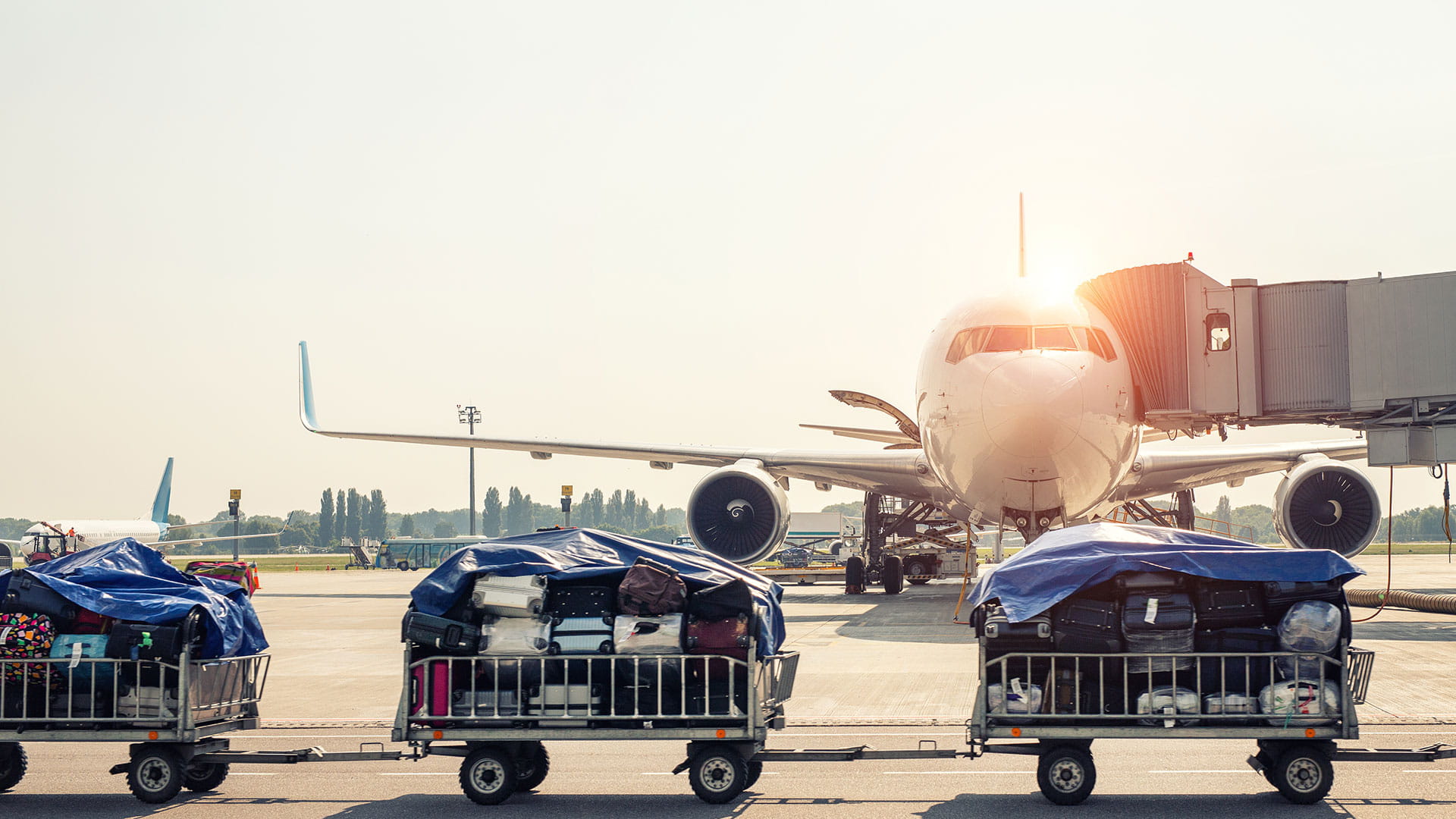Air France saves €2 million annually using predictive simulation

Project facts
- ClientAir France
- LocationParis, France
- ChallengeUnderstanding the optimum resource requirements for baggage handling operations.
- SolutionTwinn Witness predictive simulation software validates proposed personnel provider costings during contract negotiations.
- ImpactAir France saved €2 million annually by reducing the number of operators required to achieve performance targets.
The challenge
Understanding optimum resource requirements for baggage handling operations
To cope with flight schedules concentrated into short time slots, baggage handling operations at CdG2 involve considerable equipment and labour resources. There are 50 km of conveyors linking several different baggage sorting centres, and it requires several hundred handling operatives to meet performance requirements.
Baggage handling involves precisely timing baggage movements for passengers flying out of CdG2 to connect with aircraft departures. Operators are involved at different stages of the process, including unloading aircraft, transferring connecting baggage to sorting centres, placing baggage on conveyors and dealing with special handling requirements.
Air France outsources these operations to service providers, with contracts reviewed on a regular basis. It wanted an effective way to validate service providers’ proposed resourcing so it would be in a stronger negotiating position.
The solution
Using Twinn Witness predictive simulation software to validate personal provider costings during contract negotiations
By creating virtual models of assets, operations and processes, predictive simulation lets you experiment with ‘what-if’ scenarios and validate decisions in a risk-free environment. It was the ideal solution for understanding the complex, dynamic variables involved in baggage handling operations – and gaining robust evidence about optimum resource requirements.
Therefore, trained Air France engineers, working with our experienced consultants, built simulation models using Twinn Witness predictive simulation software (formerly under the Lanner brand). The simulation results were available in a user-friendly Excel interface, making it easy for Air France to determine the resource allocations required to meet performance commitments.
The Witness models used a wide variety of data to account for:
- Physical systems – Including the length and speed of conveyor sections, storage capacities and number of set-down conveyors. This data was recorded on site for existing facilities or obtained from engineering studies when facilities were at design stage
- Process data – Including cycle times, work rates and rejection rates at different checkpoints. This data was recorded on a daily basis over several days
- Baggage flow inputs to the modelled system – Air France has a connecting flight baggage tracking tool that provides a day-to-day indication for each combination of incoming and outgoing flights. It includes scheduled and actual flight arrival times, parking positions, aircraft types, number of baggage items, entry location and baggage sorting locations. This data was not directly available for baggage checked in at the terminal, so we reconstructed it using a computer programme based on passenger check-in profiles by connection slot
The models also detailed all tasks involving operators, accounting for variables around:
- Operating schedules
- Special handling requirements, such as manually indexing baggage with illegible labels
- Daily fluctuations in baggage flow
Baggage handling tasks are allocated between different operator teams, and the models tracked how many operators were occupied in each team over the course of a day. Air France could then understand the worst-case scenario in terms of operator involvement levels. Importantly, resourcing estimates were made using parameters corresponding to a representative selection of actual days (like different days of the week or weekends with greater or lesser workloads). This ensured airline received credible and robust resource estimates, which they validated through real-life operations. The models were also used to address other requirements, such as the positioning and sizing of container inventories, as well as validating and optimising flight allocations to baggage sorters.
The impact
€2 million in annual savings by reducing the required number of operators to achieve performance targets
Using the Witness models, Air France could validate proposed operator numbers (and therefore costs) from each service provider during commercial negotiations. As a result, it significantly reduced the number of people required to achieve performance targets.
Air France was then able to negotiate better contract terms, saving €2 million per year on baggage handling costs. Service providers also benefited from the modelling because it gave them an evidence-based process for improving their efficiency.
